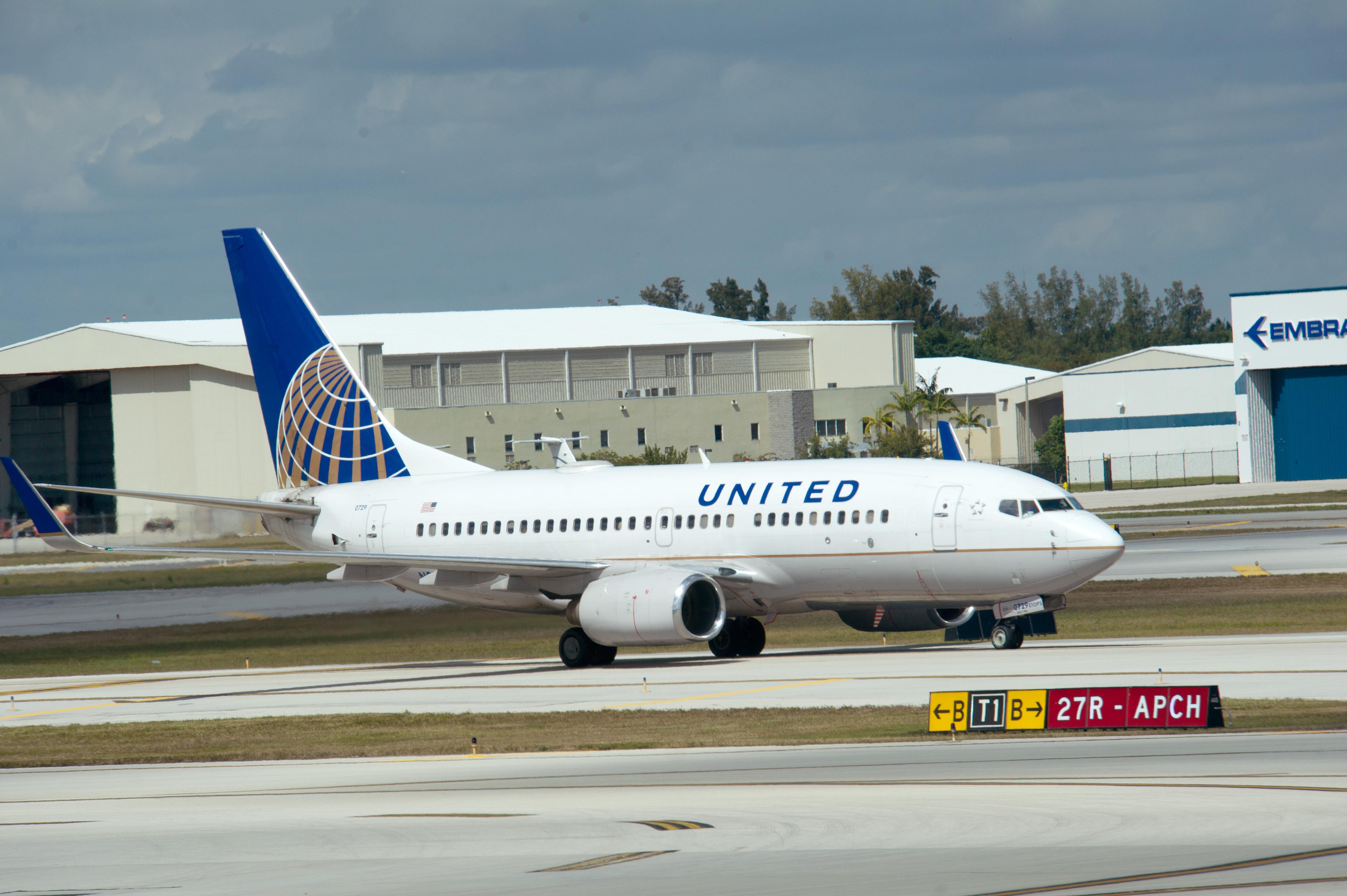On Twitter I mentioned that the lack of price transparency in health care shouldn’t surprise us too much since you tend to see the same thing in lots of other industries like aviation and hotels.
The policy implications are quite different, but I don’t really think the business models are. Some folks expressed doubts as to how much nontransparency there really is, which I’d like to write on at greater length. But for now one quick example. If you tell the United website that you want to fly from a Washington area airport (i.e., you put WAS in as your airport code to signal indifference between DCA, BWI, and IAD) to Cleveland on Oct. 9 and return on Oct. 11, they’ll tell you that there’s a cheap flight out of BWI that can be yours for just $143.
Run the same search but tell United that you want to buy a first-class ticket, and your cheapest fare is on the same flight and costs $1,030. Who wants to pay a 620 percent price increase for a domestic first class upgrade on a short flight?* I don’t know, because the website tells you in literal red letters that “Flight UA 4761 from Baltimore, MD (BWI) to Cleveland, OH (CLE) is a single-cabin, economy class flight. BusinessFirst or First Class seats are not available.” Yes that’s right. You’re being asked to pay a premium not to get a first class seat, but because you told the website you were interested in a first class seat! They’re just hoping to catch someone who’s price indifferent and lazy or confused and willing to shell out a thousand bucks for a coach fare that really only costs $143.
The whole system is full of these games. The plane is going to fly whether you’re on it or not. The pilot and the flight attendants and the ground crews need to be paid. So in principle, they’re better off filling an otherwise empty seat for $10. But you want to get as much money out of people as possible. Slicing and dicing the universe of potential buyers in all the different possible ways is very complicated, and doing it well is integral to the business model.
*Correction, May 8, 2013: This post originally contained a mathatimatical error in describing the price difference between a first-class ticket and a coach ticket on a United flight from Washington, D.C. to Cleveland. There is a 620 percent price increase, not a 700 percent increase.
